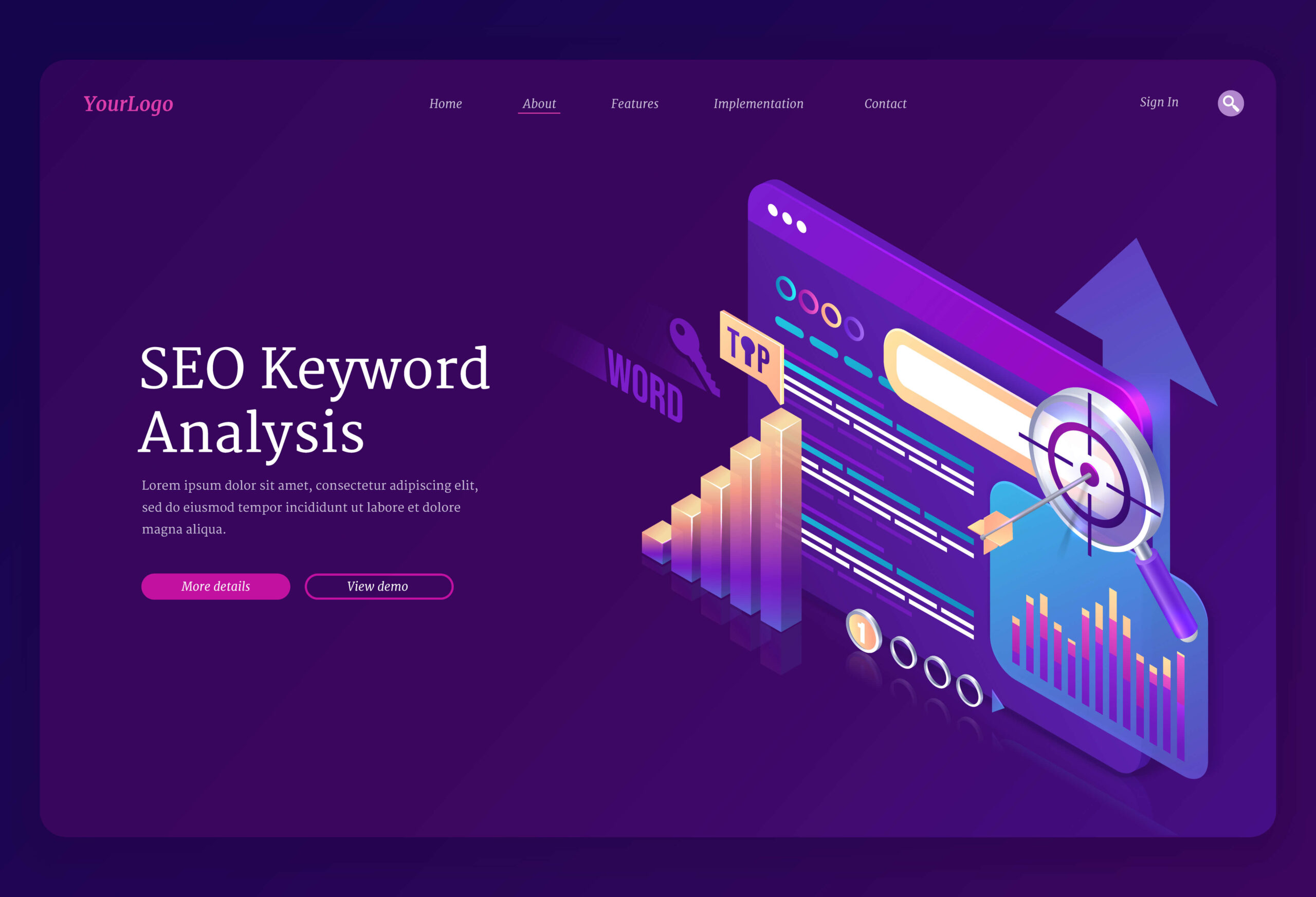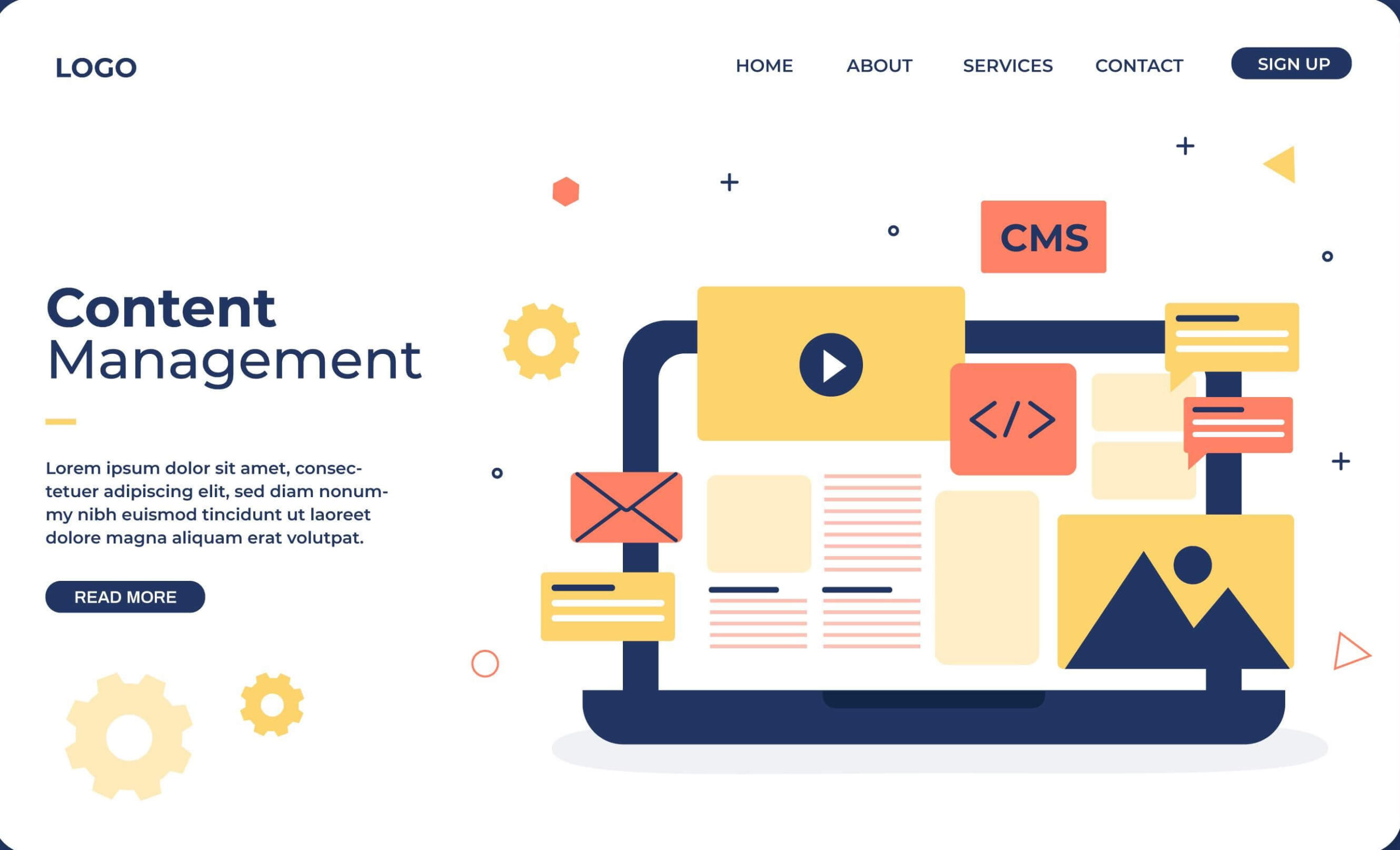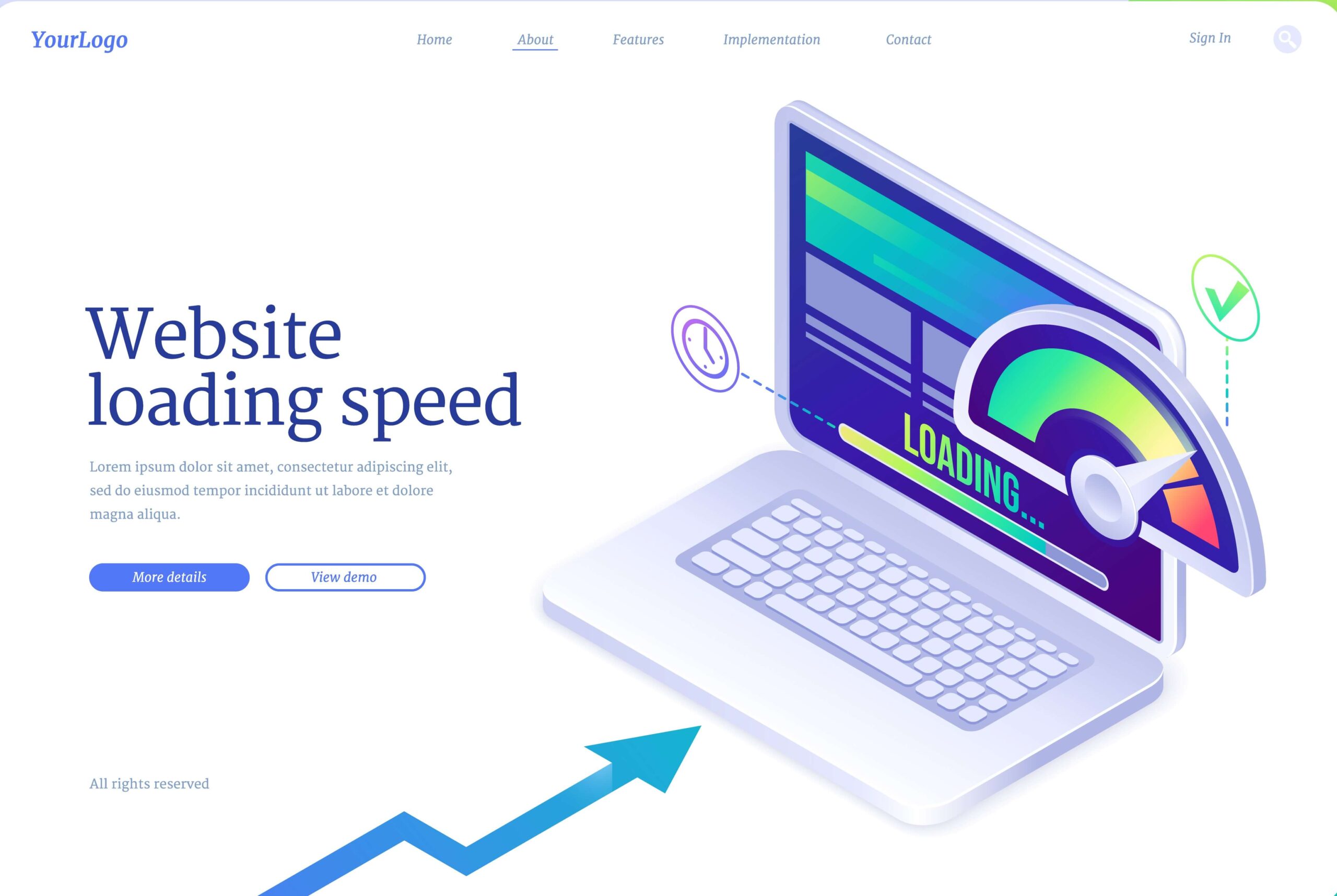Creating an effective landing page is essential for increasing website conversions and driving targeted traffic. However, without landing page SEO optimization, your page may not reach its full potential on search engines like Google. In this article, we’ll explore simple and actionable ways to optimize your landing page for SEO, ensuring that your content ranks higher and performs better.
“Rank higher, convert faster!”
Why is Landing Page SEO Important?
A landing page serves a specific goal—whether it’s generating leads, promoting a product, or encouraging sign-ups. If your page isn’t visible to the right audience, it won’t fulfill its purpose. This is where landing page SEO optimization comes into play. By using targeted keywords, improving user experience, and following SEO best practices, you can make sure your landing page ranks higher in search engine results.
Key Landing Page SEO Optimization Tips
Here are the most effective ways to optimize your landing page to rank higher and convert more visitors.
1. Conduct Keyword Research
The first step to landing page SEO optimization is identifying the right keywords. Keywords help search engines understand the content of your page and match it with user queries. To do this:
- Use tools like Google Keyword Planner, SEMrush, or Ahrefs.
- Target high-intent keywords that match user goals, such as “buy running shoes” or “free digital marketing course.”
- Focus on long-tail keywords (specific, less competitive phrases) for better chances of ranking.
2. Craft Compelling Meta Tags
Meta tags, including the title and meta description, are vital for SEO. These are the first elements users see in search engine results. Optimizing these tags can significantly boost your click-through rate (CTR).
- Title Tag: Include the primary keyword and keep it under 60 characters.
- Meta Description: Provide a clear and compelling summary of the page, while also including the primary keyword. Keep it under 160 characters.
3. Use SEO-Friendly URLs
Your landing page’s URL should be short, descriptive, and include the main keyword. Avoid using long, complicated URLs, as they can confuse both users and search engines.
4. Create High-Quality, Keyword-Rich Content
The content on your landing page is critical for landing page SEO optimization. Make sure your content:
- Solves a problem: Visitors should instantly understand how your product or service addresses their needs.
- Includes keywords: Naturally incorporate keywords in headings, body text, and bullet points without overstuffing.
- Is concise and focused: Since landing pages are typically conversion-focused, avoid lengthy content and get straight to the point.
“Optimize your page, maximize your reach!”
5. Improve Page Load Speed
Page speed is a critical ranking factor for Google. A slow-loading page can lead to high bounce rates and negatively affect your SEO. To enhance page load speed:
- Compress images: Reduce file sizes without compromising quality.
- Enable caching: Store copies of your landing page to load faster for returning users.
- Minimize HTTP requests: Limit the number of files (like CSS or JavaScript) the browser needs to load.
6. Mobile Optimization
More than half of all web traffic comes from mobile devices. Optimizing your landing page for mobile users ensures a smooth experience across all screen sizes. Ensure:
- Responsive design: Your landing page should adjust automatically to mobile, tablet, and desktop.
- Fast mobile loading: Tools like Google’s Mobile-Friendly Test can help you evaluate the mobile performance of your landing page.
7. Internal Linking and External Backlinks
Links are crucial for SEO. Include:
- Internal links: Link to other relevant pages on your website to improve user navigation and boost SEO.
- External backlinks: Attract backlinks from credible and authoritative websites. These backlinks signal to search engines that your page is valuable and trustworthy.
8. Clear and Effective CTAs (Calls-to-Action)
Your landing page should guide users toward a specific action—whether it’s signing up, making a purchase, or downloading content. Ensure your CTA is:
- Keyword-optimized: Use action-oriented keywords like “Download Now” or “Sign Up Today.”
- Visible: Place the CTA above the fold, so users can see it without scrolling.
- Compelling: Create a sense of urgency or benefit to encourage clicks.
Comparison: Essential Elements of Landing Page SEO Optimization
| SEO Element | Purpose | Best Practice |
|---|---|---|
| Keywords | Attract targeted search traffic | Use high-intent, long-tail keywords |
| Meta Tags | Improve visibility and click-through rate | Include keywords, keep within character limits |
| URL Structure | Boosts ranking and user clarity | Use short, descriptive, keyword-rich URLs |
| Content Quality | Engages users and improves ranking | Solve user problems and incorporate keywords |
| Page Speed & Mobile Optimization | Enhances user experience, ranking boost | Compress images and ensure mobile responsiveness |
Steps for Landing Page SEO Optimization
Step 1: Keyword Research
Use SEO tools to identify high-intent keywords that are relevant to your audience. Focus on long-tail keywords that are less competitive but have clear search intent.
Step 2: Optimize Meta Tags
Craft compelling and keyword-rich meta titles and descriptions. Ensure your title tag is under 60 characters, and the meta description is under 160 characters.
Step 3: Improve Page Speed
Compress images, minimize code, and use caching to reduce loading times. Page speed is vital for both SEO ranking and user retention.
Step 4: Ensure Mobile Optimization
Make sure your landing page is mobile-friendly by using a responsive design. Google prioritizes mobile-first indexing, so mobile optimization is crucial for ranking.
How do I know if my landing page is SEO-optimized?
“SEO-optimized landing pages are your gateway to success!”
Conclusion
Optimizing your landing page for SEO is a critical step in ensuring it performs well on search engines. By following the landing page SEO optimization tips outlined in this article—such as conducting keyword research, improving meta tags, and enhancing page speed—you can create a landing page that not only ranks high but also converts visitors into customers. Balancing SEO strategies with an excellent user experience is the key to success.
FAQs
What are the most important elements of landing page SEO?
The most important elements include keyword optimization, meta tags, page speed, mobile optimization, and high-quality content.
How often should I update my landing page’s SEO?
It’s best to review and update SEO strategies every 6 to 12 months, depending on changing keyword trends and search algorithms.
Can I use the same SEO strategy for every landing page?
No, each landing page should target different keywords based on its specific goal and audience. Using unique strategies ensures better ranking.
How can I track the SEO performance of my landing page?
Tools like Google Analytics, SEMrush, and Ahrefs can help track important metrics such as traffic, keyword rankings, and bounce rates.
What should I avoid in landing page SEO optimization?
Avoid keyword stuffing, slow page speeds, and poorly optimized mobile experiences, as these can hurt both SEO rankings and user engagement.

